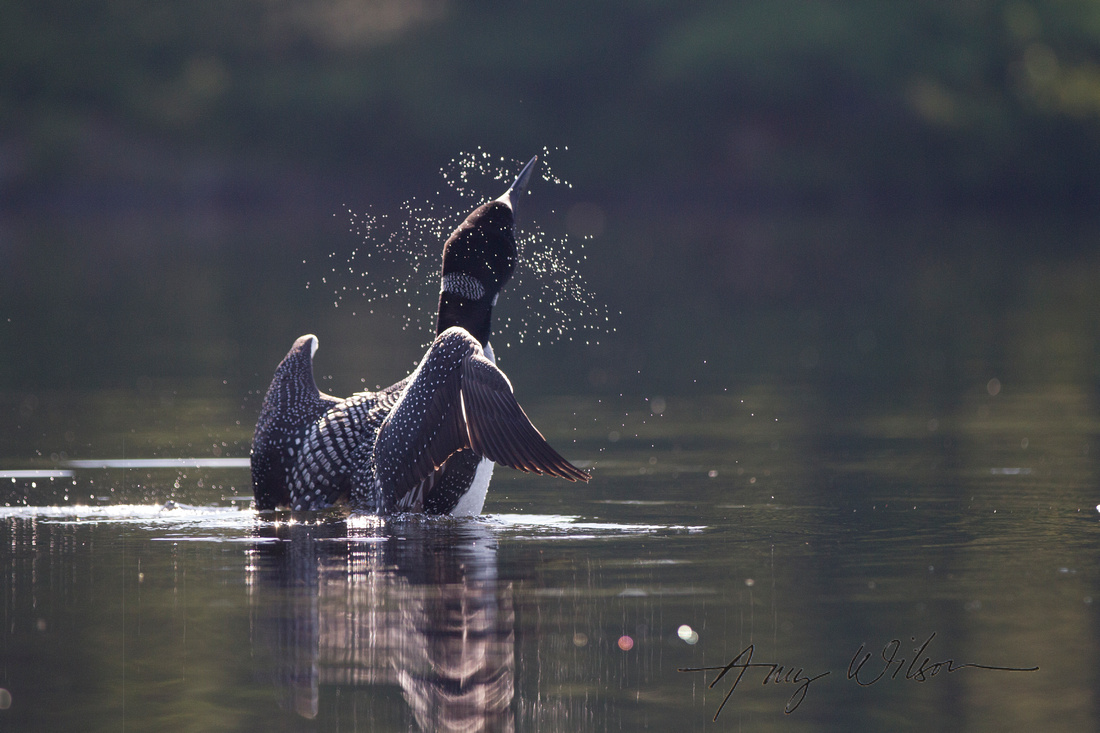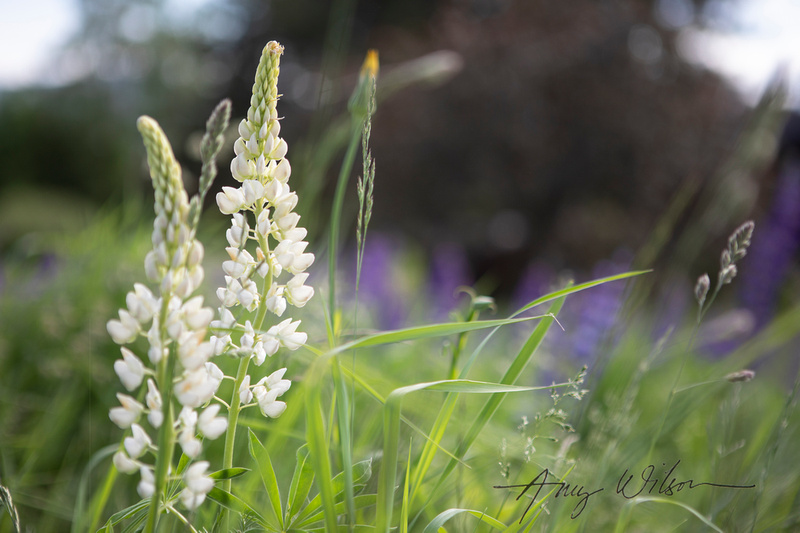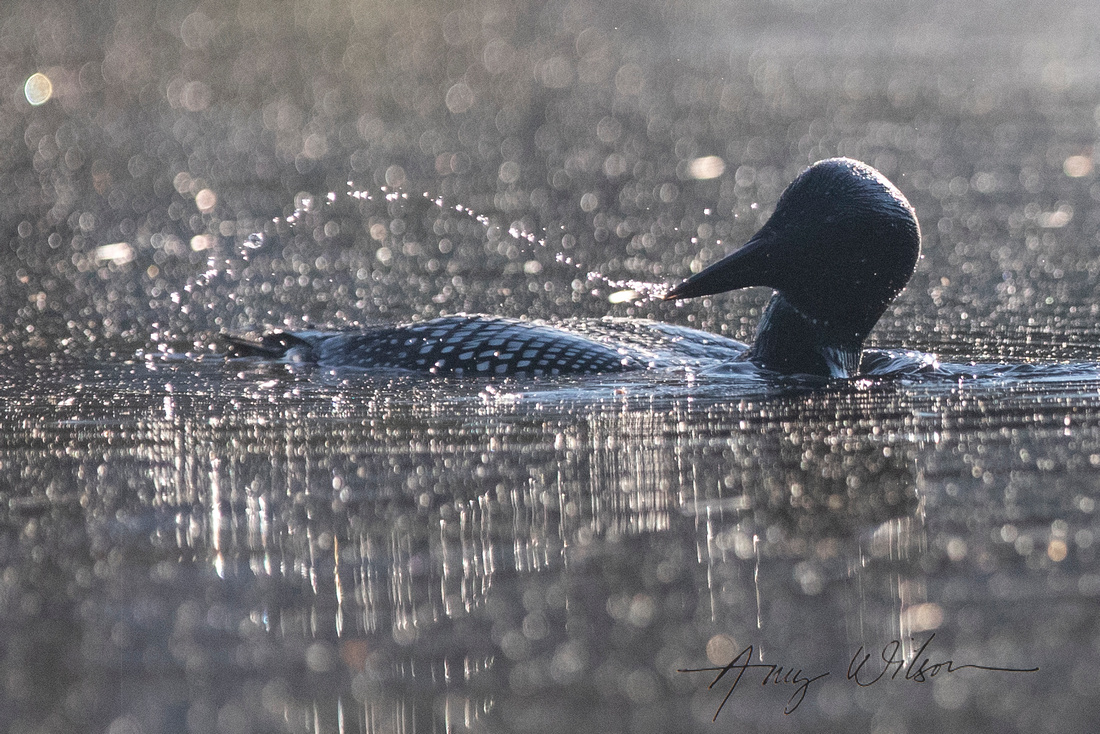Selective Focus
What is selective focus? Selective focus is when one part of your image, preferably your subject, is in focus, while the rest of the image is out of focus to some purposeful degree. This is also referred to as a 'short depth of field'.
Why use selective focus?
Artists use selective focus to separate their subject from its environment.
Common examples of images that traditionally use selective focus are portraits: a senior portrait, a close up of a flower, or of an animal.
In these examples you can see that the subject has been separated from the environment for emphasis.


f2.8 @ 200 mm


f2.8 @ 70 mm
A by-product of selective focus is called bokeh, when anything that reflects light becomes a large light spot. In the photograph below, I purposefully backlit the loon and all that bokeh was created by the pollen floating on the water.
This is a great source of information on how to create Bokeh. Bokeh for beginners


f2.8 @200 mm
How do you achieve selective focus?
There are three ways to create selective focus.
- Aperture. Set the aperture on your camera to the largest aperture, the largest opening. On a lens with an aperture range of f2.8 – f32,you will achieve the maximum selective focus by setting your camera to 2.8.The larger the opening of your lens, the more selective focus.
- Proximity. Get physically as close as possible to your subject.
- Focal length. Zoom in as far as you can, maximizing your telephoto.
The last two, proximity and focal length, are especially important if you do not have a fast lens with a 2.8 or other wide aperture.
Here is a graphic that explains this.
Food for Thought:
Isolating a subject from its context changes meaning.
Think about the difference between a formal portrait and an environmental portrait.
In a formal portrait, a person’s face is in focus, the middle ground and background are out of focus.
In an environmental portrait, a person AND their context are in focus, so that we can learn about the person from all the symbols in their environment.
The aperture is a tool that gives you power and control over how much information you communicate about your given subject. You get to choose, purposefully.
Comments
|
January
February
(2)
March (2)
(3)
April (3)
May
(1)
June (1)
(2)
July (2)
(1)
August (1)
September
(3)
October (3)
November
(1)
December (1)
|
(4)
January (4)
(2)
February (2)
(1)
March (1)
(3)
April (3)
(2)
May (2)
(1)
June (1)
(1)
July (1)
August
September
October
November
(1)
December (1)
|
(2)
January (2)
February
(2)
March (2)
April
May
(1)
June (1)
July
(2)
August (2)
September
(1)
October (1)
November
December
|
January
February
March
April
May
June
(1)
July (1)
August
(2)
September (2)
(4)
October (4)
November
December
|
January
February
March
April
May
June
(1)
July (1)
(1)
August (1)
September
October
November
December
|
January
February
March
April
May
June
July
August
September
October
November
December
|
January
February
March
April
May
June
July
August
September
October
November
December
|
January
February
March
April
May
June
July
August
September
October
November
December
|
January
February
March
April
May
June
July
August
September
October
November
December
|
January
February
March
April
May
June
July
August
September
October
November
December
|
January
February
March
April
May
June
July
August
September
October
November
December
|
January
February
March
April
May
June
July
August
September
October
November
December
|
January
February
March
April
May
June
July
August
September
October
November
December
|